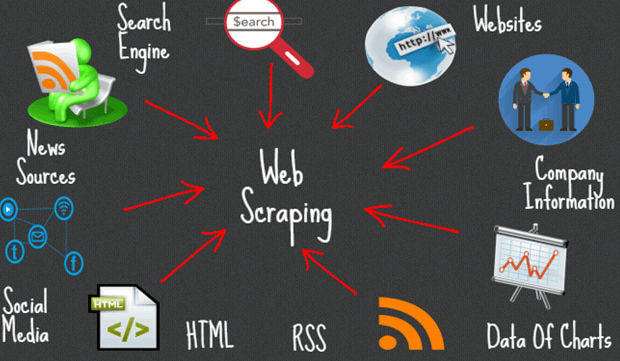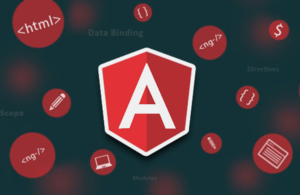Web scraping is the process of extracting data from websites. Python provides powerful libraries like Beautiful Soup and Requests that make web scraping relatively easy. Let’s introduce the basics of web scraping using these libraries:
- Installing Required Libraries:
Before we begin, make sure you have the Beautiful Soup and Requests libraries installed. You can install them using pip:
pip install beautifulsoup4 requests- Importing Libraries:
Start by importing the necessary libraries in your Python script:
import requests
from bs4 import BeautifulSoup- Sending a Request:
To scrape a website, you need to send an HTTP request to the web server and retrieve the HTML content. The Requests library simplifies this process:
url = "https://example.com"
response = requests.get(url)You can then check the status code of the response to ensure a successful request:
if response.status_code == 200:
# Proceed with parsing the HTML content
else:
# Handle the request error- Parsing HTML with Beautiful Soup:
Beautiful Soup helps parse and navigate through the HTML content. It provides methods to extract specific elements or search for patterns within the HTML structure. Create a Beautiful Soup object to parse the HTML content:
soup = BeautifulSoup(response.content, "html.parser")- Navigating the HTML Structure:
You can use Beautiful Soup’s methods and attributes to navigate and extract specific elements from the HTML structure. For example, to extract all<a>tags:
links = soup.find_all("a")
for link in links:
print(link["href"])You can also access attributes of an element, extract text content, or navigate through the parent-child relationships.
- Refining Your Selection:
Beautiful Soup provides additional methods to refine your selection and search for elements based on specific criteria like class names, IDs, or CSS selectors. For example, to find all elements with a specific class name:
elements = soup.find_all(class_="my-class")These methods help you locate and extract the desired data from the HTML structure.
- Handling Dynamic Content:
Some websites load content dynamically using JavaScript. Beautiful Soup alone may not be able to scrape such content. In such cases, you may need to use additional libraries like Selenium or Scrapy, which can interact with the website as a web browser and retrieve the dynamically loaded content. - Handling Errors and Exceptions:
Web scraping can be prone to errors due to changes in website structures, server restrictions, or network issues. It’s important to handle exceptions gracefully and anticipate potential issues. Use try-except blocks to handle exceptions and implement error handling mechanisms.
Remember to be respectful when scraping websites by adhering to the website’s terms of service, robots.txt file, and rate limits. Additionally, consider the legal and ethical implications of web scraping and ensure you’re scraping data for legitimate purposes.
Web scraping with Beautiful Soup and Requests allows you to extract data from websites efficiently. Experiment with different websites and explore the documentation of these libraries to uncover more advanced features and techniques.



